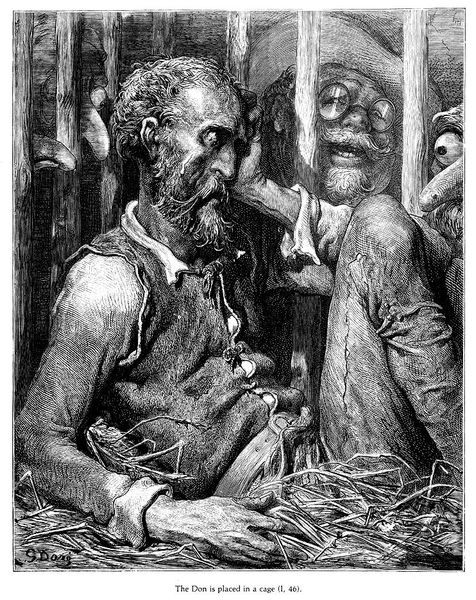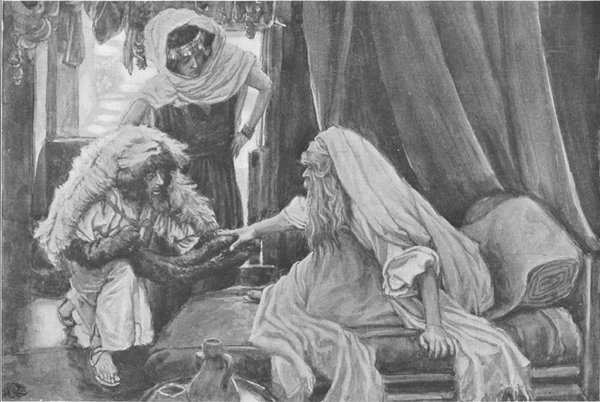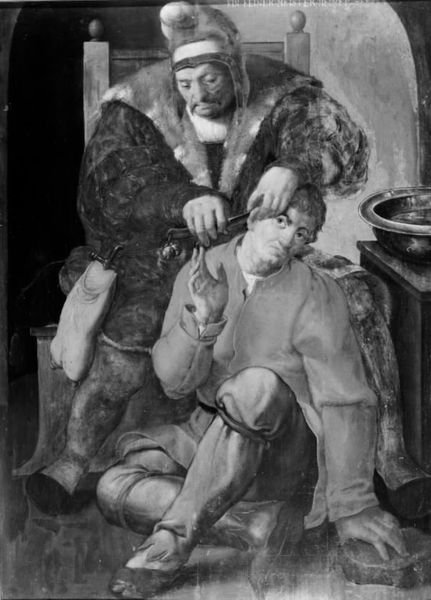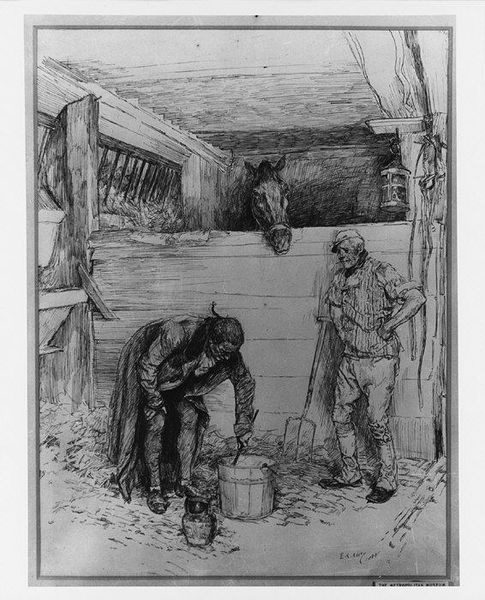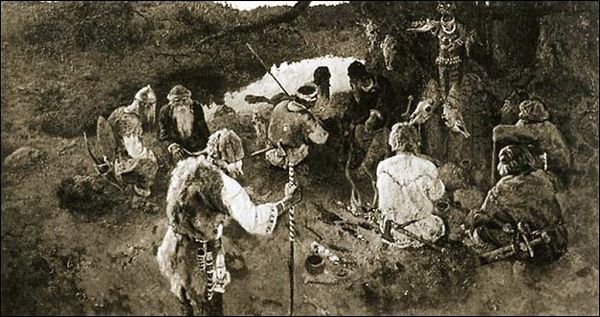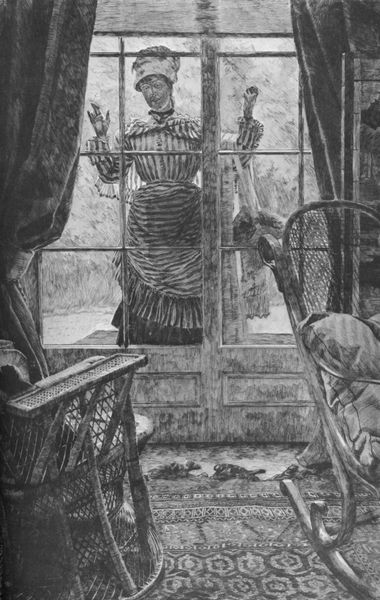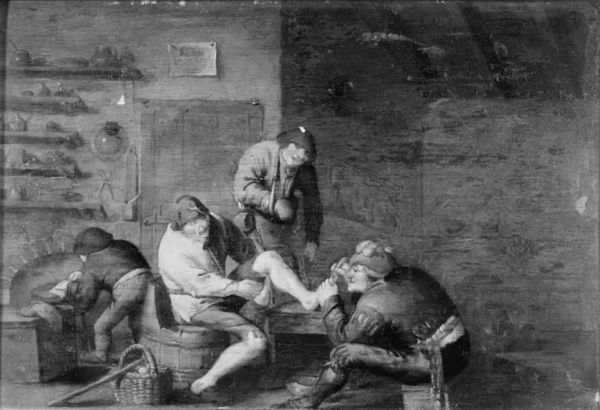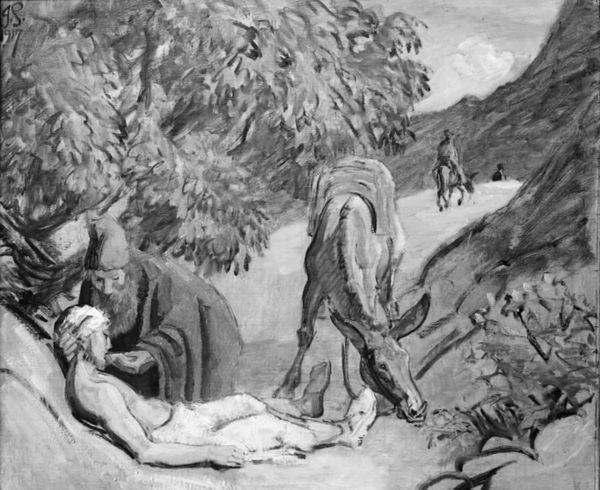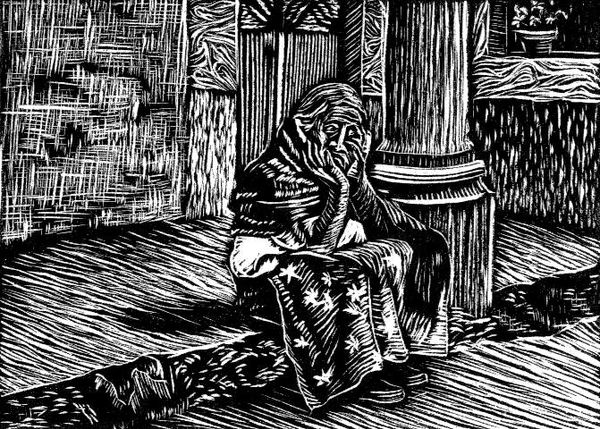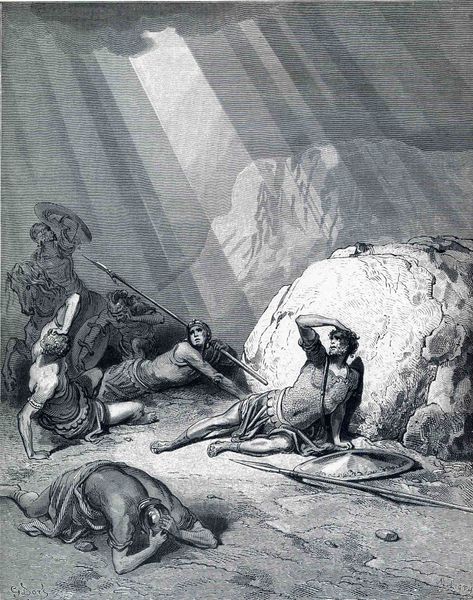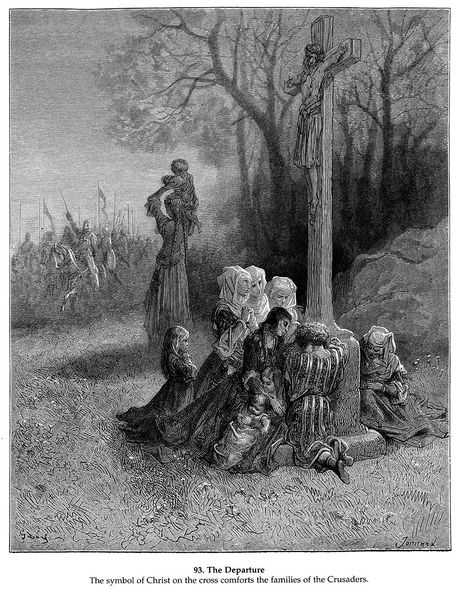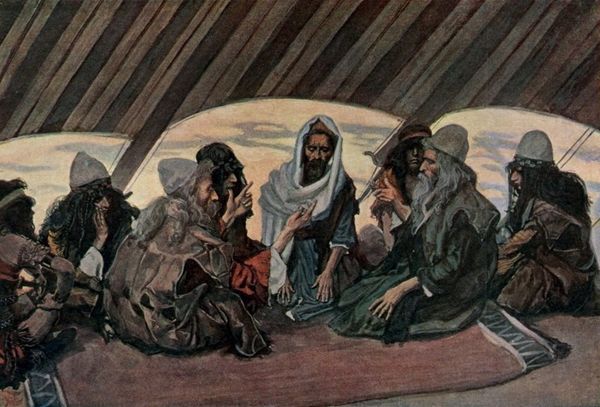
Copyright: Public domain
Gustave Doré’s engraving presents Don Quixote trapped behind bars, his face conveying a deep sense of despair, surrounded by grotesque figures. The bars symbolize imprisonment, a common motif found throughout art history. Yet, here, they also represent the confinement of the mind, a recurring theme in the treatment of madness. His despondent pose and the absurd figures echo the medieval tradition of depicting folly, where the madman’s delusions are both pitiable and comical. Consider the medieval “Ship of Fools,” where the insane were cast adrift, or even Bosch’s depictions of hell, where grotesque creatures torment the damned. Don Quixote's plight—a man imprisoned by his own fantastical beliefs—reveals a deeper psychological truth, resonating with collective fears about sanity and reason. Doré captures a profound emotional state: the anguish of a mind lost in its own world. This image engages viewers on a subconscious level, prompting introspection on the precarious nature of reality and the fine line between sanity and madness.
Comments
No comments
Be the first to comment and join the conversation on the ultimate creative platform.
